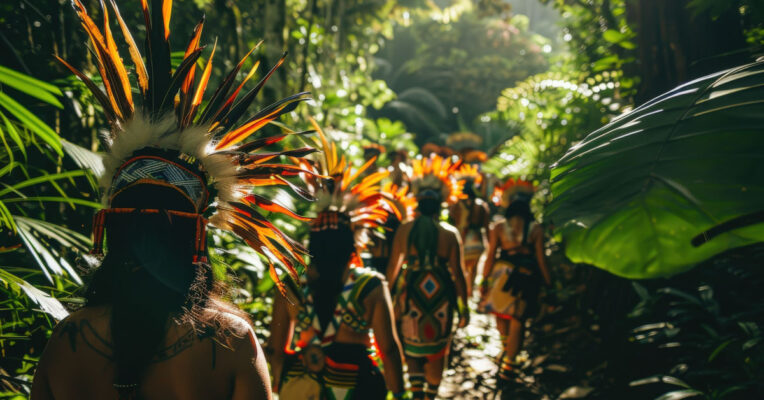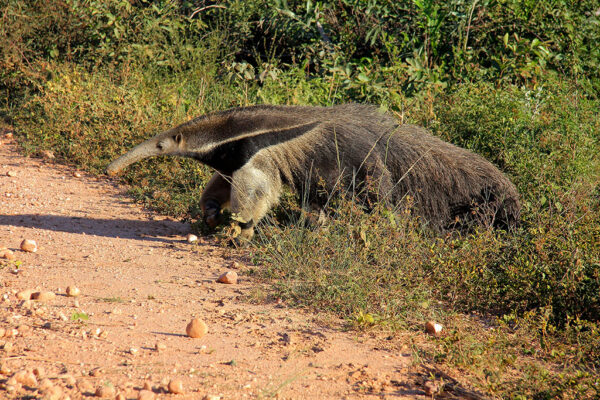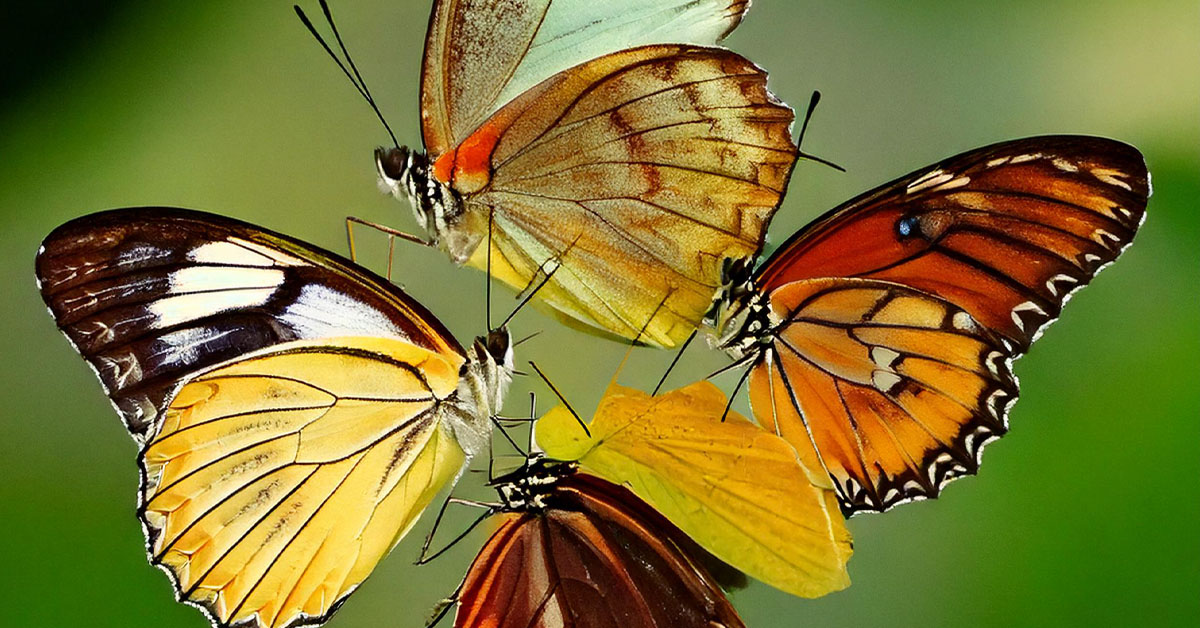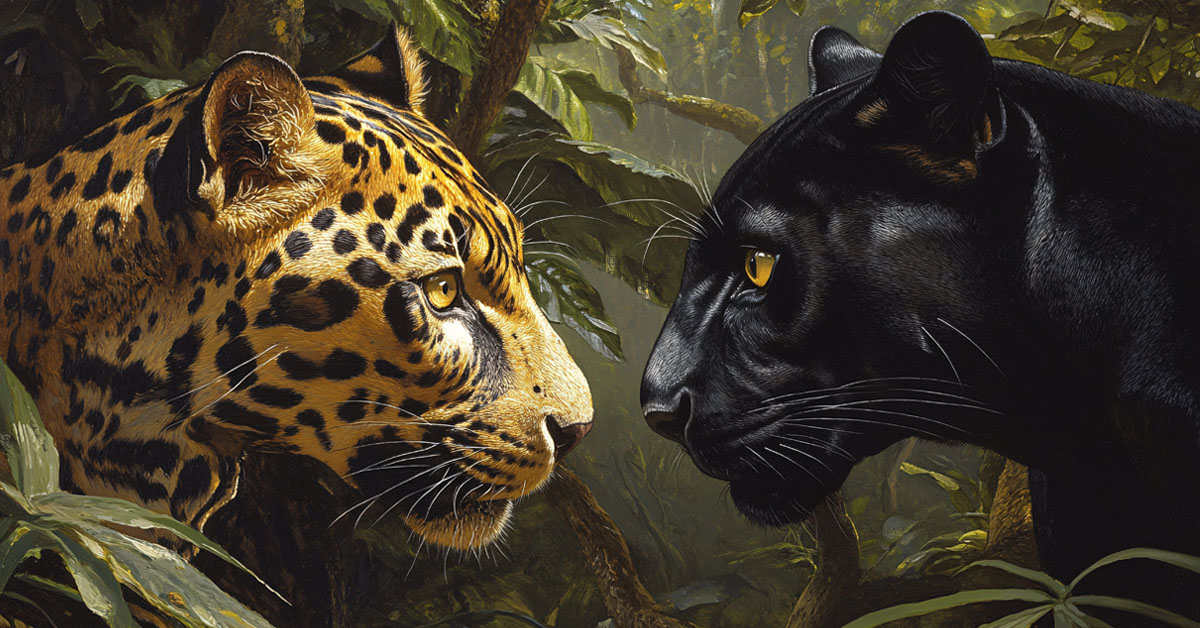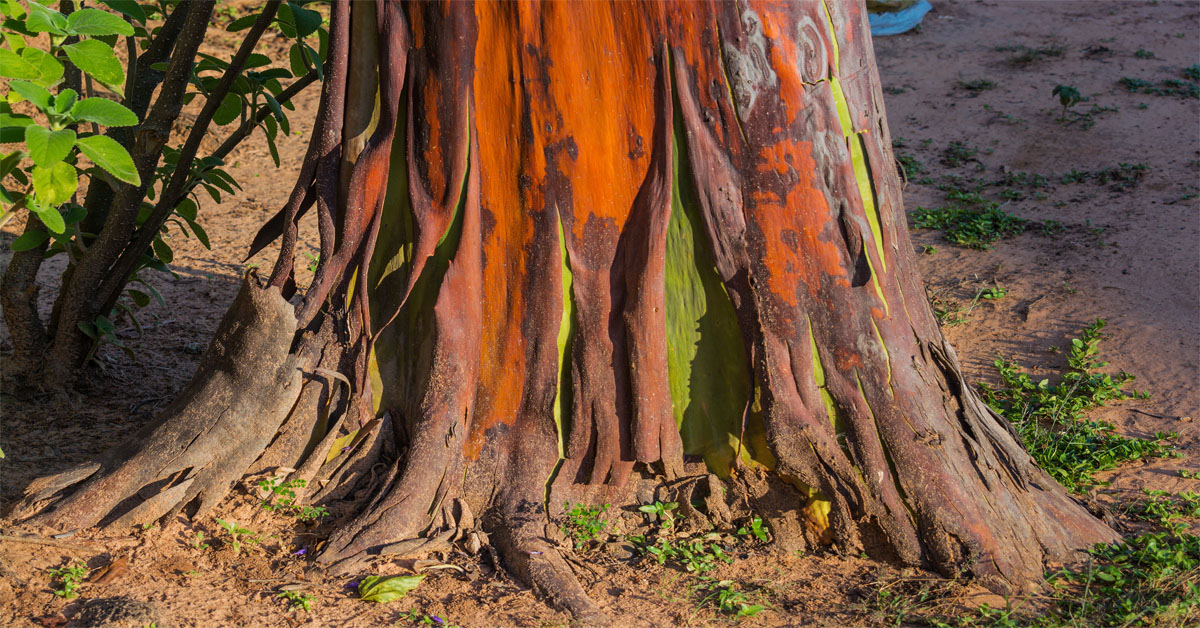FOREVER THE FOREST
10 Amazing Amazon Rainforest Facts
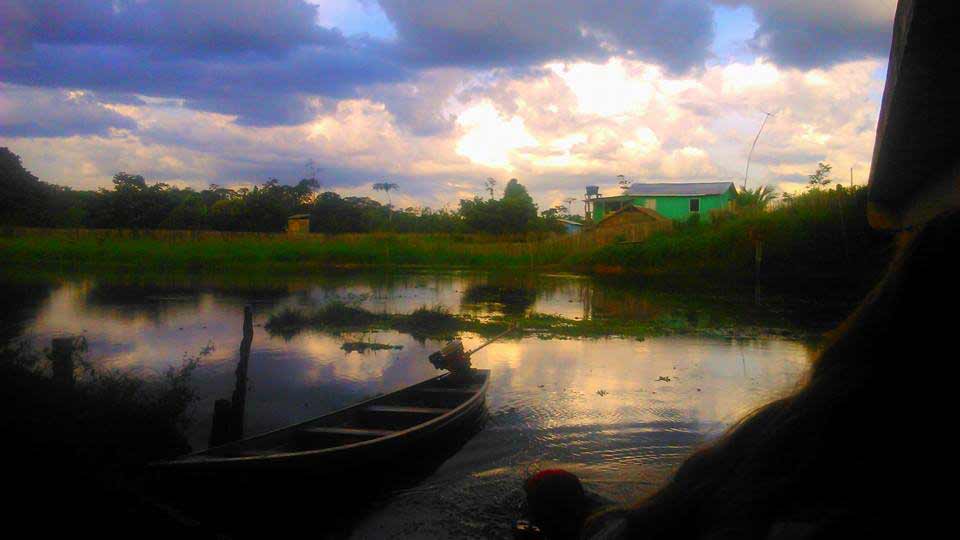
Ten more fascinating facts about the Amazon rainforest
The Amazon rainforest is home to over two and a half million different species of insect, more than forty thousand varieties of plant, one and a half thousand bird species and over two thousand fish species.
At over five million square kilometers, the Amazon rainforest is the largest in the world.
Indeed, the Amazon rainforest is so large that it spans nine countries: Brazil, Colombia, Peru, Venezuela, Ecuador, Bolivia, Guyana, Suriname, and French Guiana.
Very little sunlight makes it through the dense canopy of trees and foliage covering the Amazon rainforest. Down on the ground, it is nearly completely dark. In fact, if it started raining, it would take ten minutes before you even got wet!
•Many modern medicines derive from plants found in the rainforest, and this is just from the 1% that have been tested for medicinal properties. With more than forty thousand plant varieties found in the rainforest, the potential for finding new vaccines is enormous. Imagine the possibilities!
•Most of our food originally comes from the rainforests of the Amazon. Amazon derived products include bananas, black pepper, chocolate, coffee, corn, pineapple, rice and tomatoes.
•An estimated fifty tribes native to the Amazon rainforest have never had any contact with the rest of the world.
•The Toucan, the loudest creature in the Amazon rainforest, can be heard from a distance of half a mile away.
Carnivores dangerous to humans living in the rainforest include Anacondas, Cougars and Jaguars. Be on your guard!
An estimated number of 2,700 million acres of the rainforest are burned each year.
Deforestation and climate change
There is a lot of ongoing debate about deforestation and climate change in the Amazon rainforest. There’s no doubt that deforestation is reducing the rainforest at an enormous rate, but by many accounts this has slowed down a lot in recent years. Some experts present a bleak picture, claiming that just a small increase in global temperature could destroy the majority of the rainforest within decades, but other expert studies indicate that things aren’t nearly as bad and that the rainforest is more resilient than previously thought.





